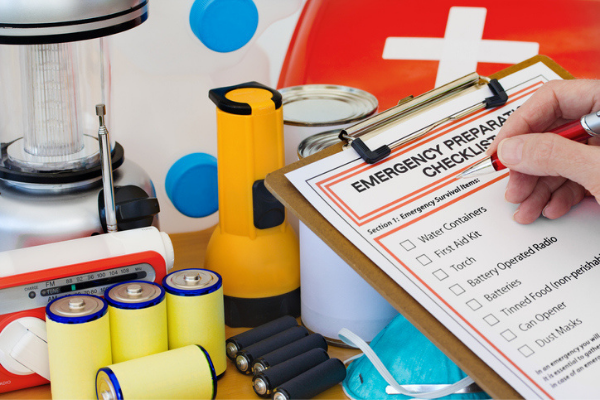By: Frankie Wood-Black, ACS Safety Consultant

You may not have thought about pinch points in a while (except for those points associated with perhaps a bit of weight gain) as traffic patterns and people flows have been reduced due to changes in our workplaces and social distancing. But, there is another aspect of pinch points that hasn’t gone away, and you are likely to encounter them on a daily basis. In terms of safety, pinch points can result in a variety of injuries, particularly hand injuries.
How many times have you gotten your hand caught in a door or in the drawer because it unexpectedly closed? Or have you gotten a finger or part of a finger caught between the blades of a pair of scissors or in the jaws of a pair of pliers? It is an experience that many of us have encountered and are familiar with. The definition of a pinch point in this sense is any point where it is possible for a body part to be caught between moving and stationary points of equipment. Given this definition, pinch points can be found virtually anywhere, and hands are most likely to be caught in these pinch points.
In 2019, according to the U.S. Bureau of Labor Statistics indicated there were 121,000 nonfatal occupational injuries associated with hands that required at least one day away from work. These injuries occurred in all sectors, with 51,000 of these occurring in occupations like educational instruction, healthcare, office, and administrative support, and financial services. You would expect to see hand injuries in construction, production, and materials handling. And, yes, these were the sources of the larger numbers, but office workers are not spared from this hazard.
The common causes of pinch point injuries include not paying attention to the task at hand, poor condition of the equipment being used, not using the proper tool, and reaching into moving equipment. It is also important to be aware of where your hand is in relation to the equipment. Think about when your hand gets caught in the door or drawer. Usually, it is because you have either moved on to the next task without thinking about where your hand is located (turning in your chair while your hand is still in the drawer and the chair hits the drawer) or because you are in a hurry. Slowing down and maintaining an awareness of the hazards is key to preventing injuries.
There are some safety controls that you can put into place, such as ensuring that machine guards are in place, wearing protective gloves for particular tasks making sure that the glove does not create an additional hazard, and using other safety policies like lockout/tag out. But, these controls do not fit all situations, and you are likely to encounter pinch points in areas where the work is not considered hazardous, like your desk and that pesky drawer. Your best defense is to slow down and pay attention to what you are doing. And know where your hands are at all times.
This article has been edited for length and clarity. The opinions expressed in this article are the author's own and do not necessarily reflect the view of their employer or the American Chemical Society.
Copyright 2022 American Chemical Society (All Rights Reserved)




